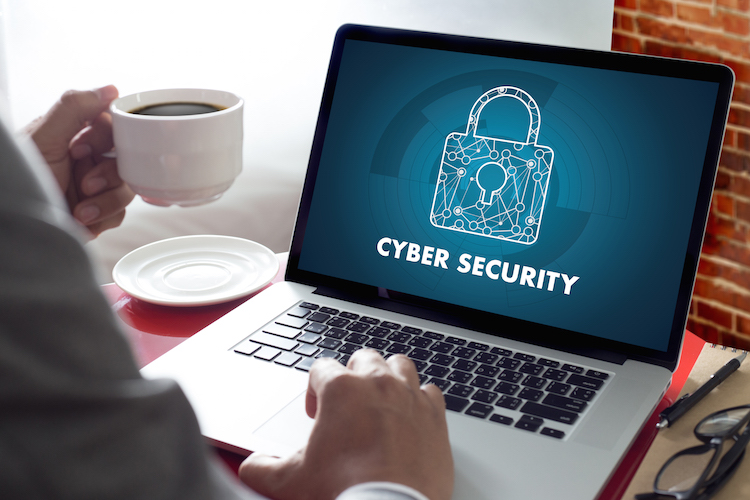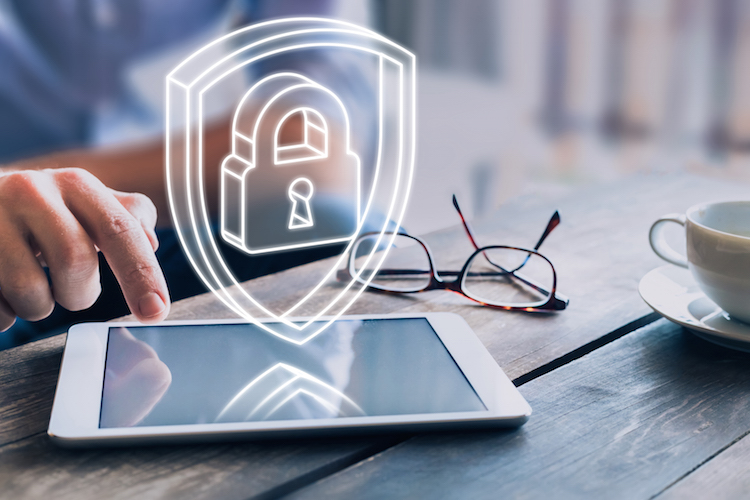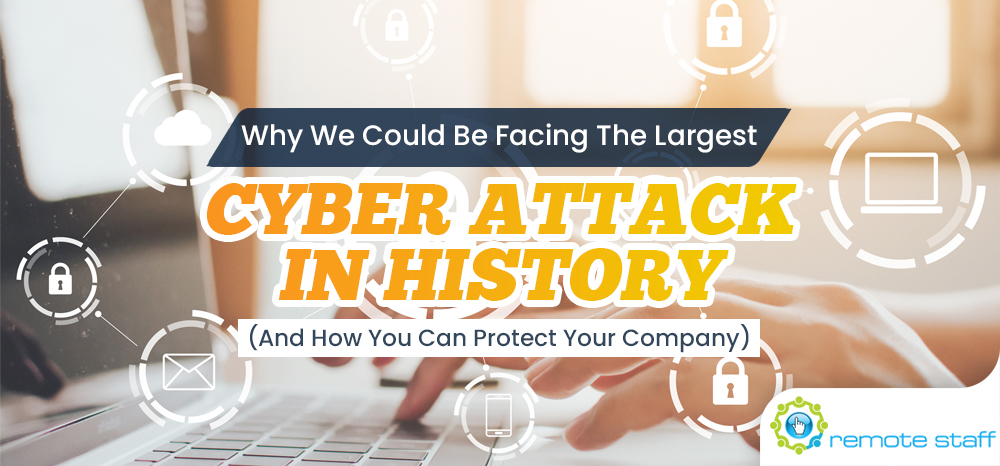WHAT???
I know, I know.
The COVID-19 pandemic is far from over, and we’re all still grappling with the consequences. A large-scale cyber attack is the last thing we need right now, but unfortunately, the #NewNormal inadvertently sets up for such.
How? Read on and find out.
A Bigger Attack Surface: How COVID-19 is Undermining Most Companies’ Virtual Security

If you’re currently working from home, do you remember what it was like to work in the office? You were probably issued a company laptop or desktop, right? Perhaps you also had a username and a password that changed every week or so?
And if you worked for a company or a government agency that handled especially sensitive information, you probably had to jump even more hoops than the ones I just mentioned just to get past the log-in screen, right?
It all sounds like a huge hassle, but all that has to do with reducing a company’s attack surface. This term pertains to the number of entry points that a company’s server has. The more entry points there are, the bigger the attack surface. Consequently, this makes the company more vulnerable to hackers.
Prior to the pandemic, most companies reduced their attack surfaces since employees typically left their gadgets in the office. Of course, that all changed when staying home literally became a matter of life and death.
Since the entire world was caught unaware, firms only had a few days to come up with work-from-home protocols. There was simply no time to implement extra security measures, as most employees had to use their personal laptops and unsecured home connections to access their work files.
This then results in several unsecured entry points. Because hackers only need to gain access through one entry point to seize control of an entire network, this set-up is practically a dream come true.
What Can You Do to Minimize the Threat?
Lots. Let’s count the ways:
Conduct security awareness training sessions with all your remote workers.

Your workers are the weakest link when it comes to your business’ cyber threats. 90% of cybersecurity issues are allegedly due to human error. In short, employees who fail to spot cyber threats are a huge liability.
To counter this, you’ll need to train your staff on the following matters:
- Recognizing phishing emails;
- Crafting strong passwords (and why this is important);
- Why you shouldn’t connect to public wi-fi networks (i.e., those in coffee shops, etc.);
- Proper IT hygiene (granting apps access, etc.);
- Using a VPN to access work files.
Require all WFH employees to install the necessary antivirus, fireware, and antimalware tools.

Since your IT department isn’t around to monitor or restrict what websites your employees might access while working at home, it’s imperative that they have all the necessary protective software installed. These typically block malicious adware and phishing sites, helping to protect your company’s data privacy and your employees’ security.
Employ email encryption platforms.

Remote workers rely heavily on email to send each other sensitive documents and links. Thus, emails tend to be the number one cause of security breaches for a lot of companies. Hackers can quite easily impersonate colleagues and successfully draw out sensitive information this way.
Fortunately, there’s a wide range of email security solutions available. A good email security platform, for instance, scans incoming emails before sending them on to your workers’ inboxes. This way, the platforms can get rid of most suspicious emails before your workers even lay eyes on them.
Avail of DNS Web Protection.

These cloud-based services combine content filtering and anti-virus protection. They’re also easy to install on laptops and provide protection on any network, making them ideal for remote work.
Some DNS web protection services even offer reporting capabilities, allowing you to check your employees’ online activities at work. This helps ensures that everyone is browsing the web safely during working hours.
Lastly, when it comes to protecting your remote workers or for assistance on building your own remote team, Remote Staff has got you covered. With our extensive expertise and experience in the remote working industry, we can help you set up an arrangement that’s more secure for both you and your remote workers – and all at a highly reasonable rate too.
Contact us today to get started.
Serena has been working remotely and writing content for the better part of the last decade. To date, she's written for Pepper.ph and Mabuhay Magazine, among others, and has churned out more than a thousand articles on everything from The Basics of Stock Market Investing to How to Make Milk Tea-Flavored Taho at home.





















